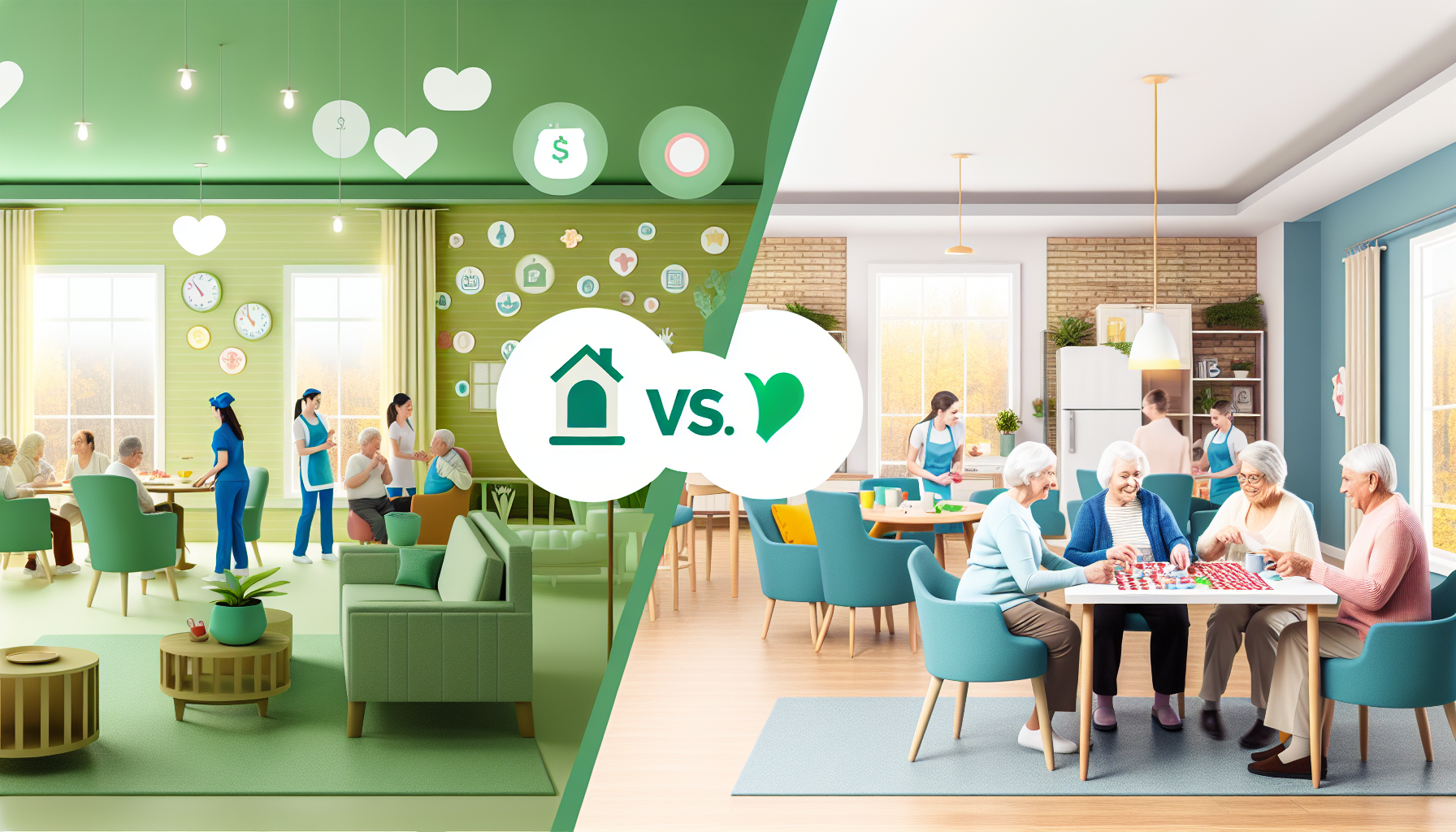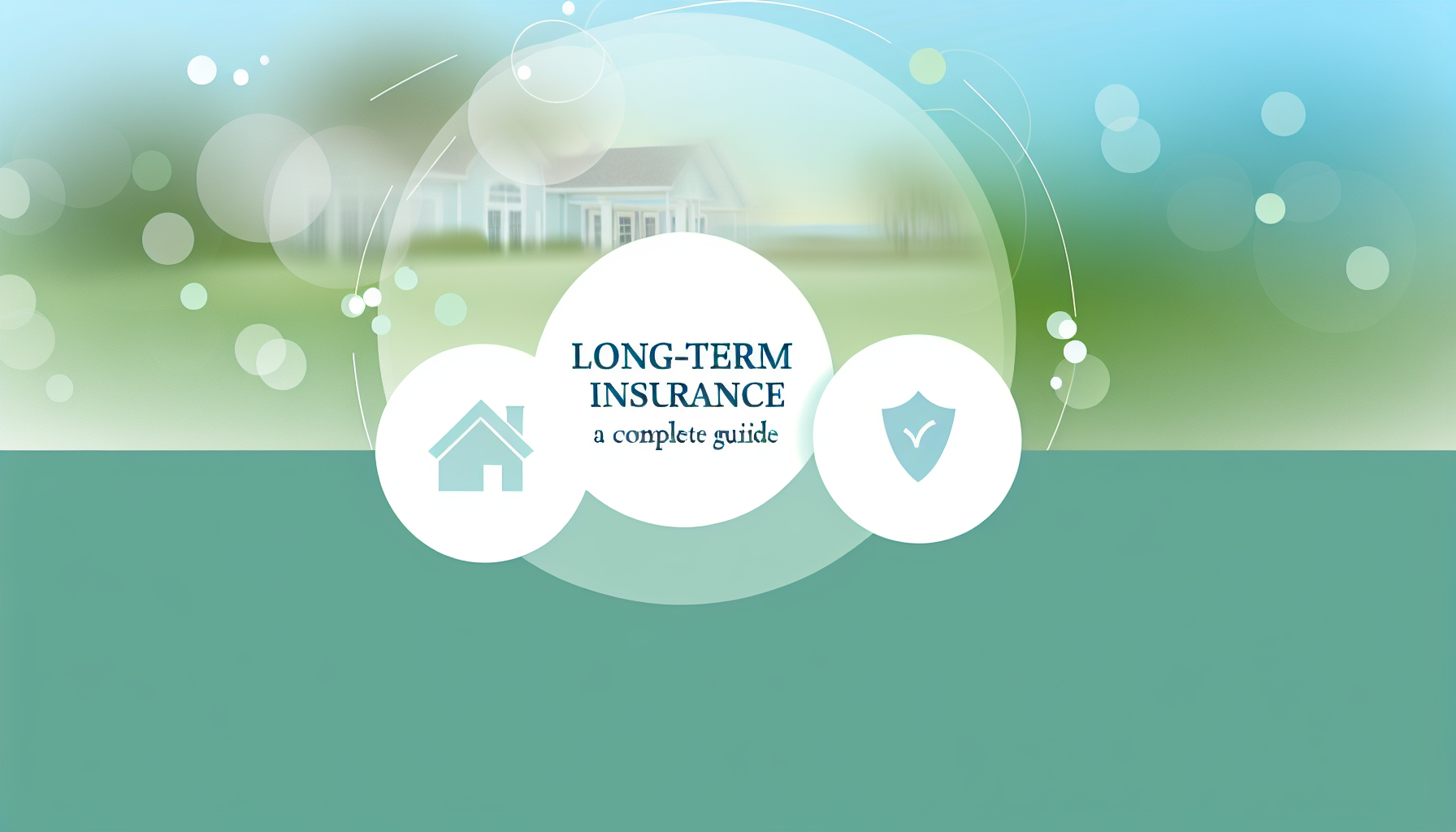Introduction
When making decisions about elder care, understanding the differences between assisted living vs home care is essential. Whether your goal is higher quality of life, cost-effectiveness, or proximity to family, the choice between senior living facilities and aging in place can have long-term consequences. In this article, we detail an exhaustive cost and care comparison to help families make the most informed decision possible.
This guide covers caregiver access, price variables, lifestyle differences, and services provided—keywords families typically search for when evaluating senior care.
Related High-Intent Search Phrases
- senior housing for married couples
- can elderly spouses live together in assisted living
- affordable retirement communities for couples
- shared apartments for seniors in assisted living
- assisted living for husband and wife
- care options for aging couples with memory loss
- nursing homes that accept couples together
Key Features & Benefits
Daily Support & Medical Services
- Assisted living provides comprehensive support for activities of daily living (ADLs) like grooming, meals, and medication.
- Home care can be flexible but may lack round-the-clock coverage without additional caretakers or hospice involvement.
Social Engagement Opportunities
- Facilities offer group activities, structured schedules, and on-site companionship.
- In-home care often requires external efforts to maintain social interactions, putting pressure on loved ones.
Customized Living Environment
- Home care allows seniors to stay in familiar surroundings with personal belongings and pets.
- Assisted living offers safer layouts, safety rails, and accessibility with on-site medical supervision.
Level of Care
- Assisted living offers non-medical support like meals, bathing, and dressing.
- Nursing homes provide 24/7 licensed medical care.
- Memory care units support dementia-related needs with specialized staff.
Pros & Cons
| Pros | Cons | |
|---|---|---|
| Assisted Living |
- All-inclusive services - Built-in community - Access to care staff 24/7 |
- Less privacy/freedom - Monthly rent is non-equity - Transition stress for some seniors |
| Home Care |
- Stay in familiar environment - Personalized one-on-one care - Freedom of daily schedule |
- Limited hours without overnight staff - Requires home safety modifications - Can be isolating |
Comparison
| Feature | Assisted Living vs. Home Care: Cost and Care Comparison | Alternative |
|---|---|---|
| Monthly Cost | $4,500–$6,000 (median US) | Home care: $25–$40/hour depending on region |
| Care Level | Moderate; ADLs, medication reminders, transportation | Highly flexible but requires scheduling coordination |
| Resident Independence | Encouraged within facility rules | Maximum personal control and autonomy |
| Socialization | Planned daily activities and groups | Dependent on family and outside programs |
| Staff Coverage | 24/7 caregivers and emergency response | Variable coverage unless 24/7 care is arranged |
Costs
- Base Package: For assisted living, base costs include rent, meals, laundry, nurses' checks, and daily assistance. Monthly prices start around $3,500 and often exceed $5,000 in states like California and Massachusetts.
- Optional Services: Additional memory care units, beauty salon visits, transportation, wellness programs, and private rooms may incur extra fees ranging from $500 to $2,000/month.
- Home Care Costs: Typically billed hourly, home care costs vary from $20–$35/hr depending on geographical area and level of medical training. 8-hour/day weekday care would easily surpass $4,800/month before night coverage.
Frequently Asked Questions
Q: What is assisted living vs home care?
A: Assisted living is a residential care setting offering meals, ADL assistance, and social opportunities. Home care enables seniors to stay at their residence with part-time or full-time caregiver support.
Q: How does it compare to alternatives?
A: Alternatives include skilled nursing homes, adult day care, and independent living. Assisted living is less medically intensive than nursing homes, while more supportive than basic in-home care.
Q: What are the typical costs?
A: According to Genworth’s 2024 Cost of Care Survey, assisted living averages $4,774/month nationally, while home care costs $26/hour—often surpassing $5,000/month for full-day supervision.
Q: Is this option right for families?
A: Consider your loved one’s needs, including chronic conditions, Alzheimer’s diagnosis, and mobility. Facilities provide structure and oversight, while home care offers comfort and flexibility.
Q: Are any services covered by insurance?
A: Medicare doesn’t pay for most long-term custodial care, but certain Medicaid waivers may cover assisted living or in-home support. Long-term care insurance policies often help pay for both types given qualifying limitations.
Conclusion
Choosing between Assisted Living vs. Home Care: Cost and Care Comparison can feel overwhelming, but it is one of the most vital decisions families make for aging loved ones. We hope this comparison of financial outlooks, care levels, and community benefits empowers you to choose confidently. Explore our expert resources or visit the National Institute on Aging for further guidance tailored to family caregivers and retirees.

 Back to
blogs
Back to
blogs



